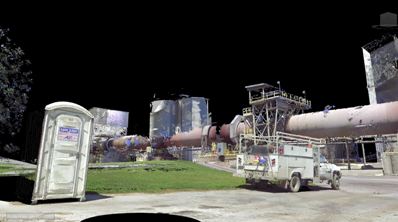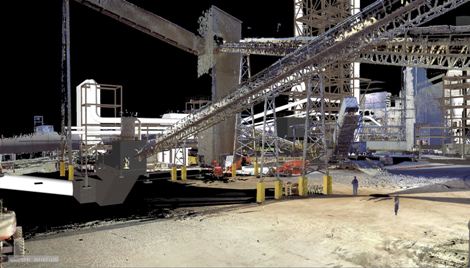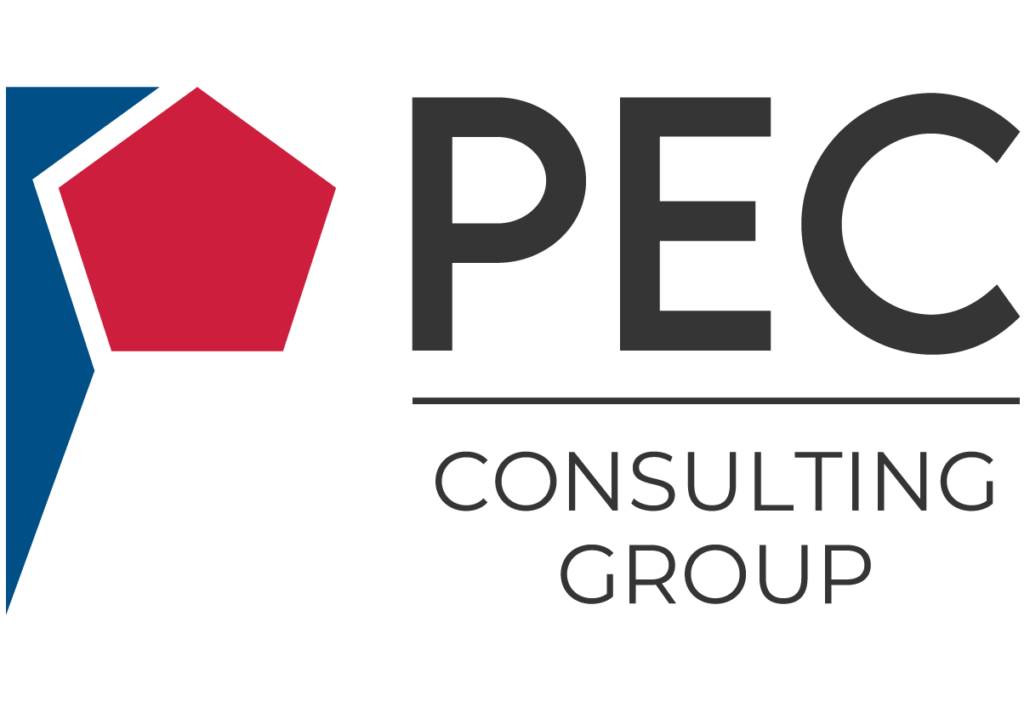Case Study: Design Modifications to A Lime Plant Using 3-D Scanning Technology
By Ken Schweigert
An existing plant has several old technology long rotary kilns. The client wanted to convert one of the kilns to a preheater kiln by shortening the kiln; building the preheater over the top of the kiln; new ductwork; baghouse and draft fan. There are multiple structures and equipment around the kiln, making the installation very complicated.
The “as built” drawings for the plant are decades old and several modifications to the plant have been done over the years. As is normally the case, the client did not update the drawings when modifications were made.
There is great potential for errors with field dimensioning in an existing plant that could lead to inaccurate design and subsequently additional installation costs. The alternative is to use 3D Scanning, which will greatly enhance the accuracy of the design and reduce construction costs, less potential for interferences and better planning of the installation.

To avoid these problems, 3D Scanning was used to obtain existing structural and equipment layouts.
-
- A 3D Scanner takes over 900,000 points per second with an accuracy of 2mm in 50 feet. At the same time, it photographs the surroundings to add color to the scan and provides a panoramic view from the scan location.
- Multiple scans were taken of the area where the new equipment and structures were to be installed and stitched together creating a point cloud where all the data was stored.
- This way, a complete replica of the plant was used for the design.
- Interfaces were checked and interferences detected and corrected. The potential for error was greatly minimized.
The full effect of 3D Scanning was realized during the construction phase:
-
- There were far less interferences in the field leading to lower construction costs.
- The scan also picked up electrical cable tray, conduits, compressed air lines, water lines, gas lines and other items that had been added to the plant over the years.
- Location and dimensioning of these items allowed the construction team to plan for the installation reducing site costs.

3D Scanning simplifies the measurement process and greatly increases accuracy which translates into cost savings.
About the Author(s)
Ken Schweigert
PEC’s expert for the non-metallic minerals industries; he has many years of experience in mining and processing of lime, cement, calcium carbonates, aggregates, silica sand, diatomaceous earth, perlite and clays. His expertise includes plant design, selection of process equipment, project scope development, operations improvement, maintenance, plant personnel and equipment evaluations; due diligence analysis and construction services. Mr. Schweigert has a BS in Engineering Management from Missouri University of Science & Technology.
PEC Consulting Group LLC | PENTA Engineering Corporation | St. Louis, Missouri, USA
How can we help you? Get in touch with our team of experts.
